College Completion Rates Edging Upward
Diverse: Issues in Higher Education
DECEMBER 4, 2024
Comparisons are available across states, gender, race/ethnicity and age as well as by year dating back to 2007. Second is CUNY Cares, which identifies students who may qualify for different forms of financial aid or life assistance of which they may not be aware.

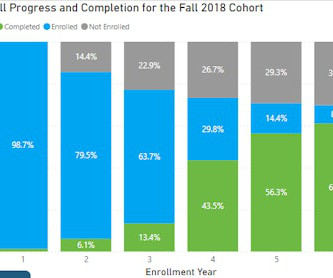

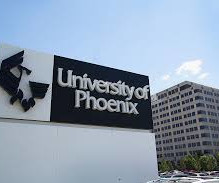


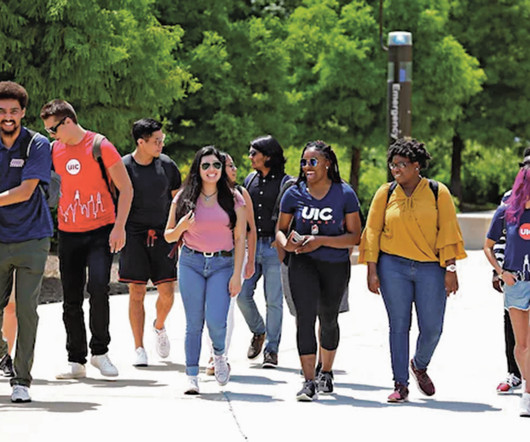

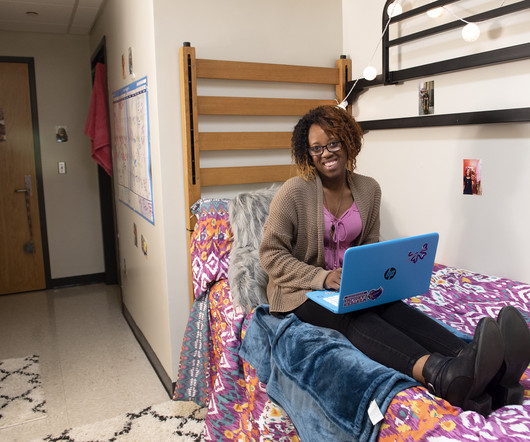

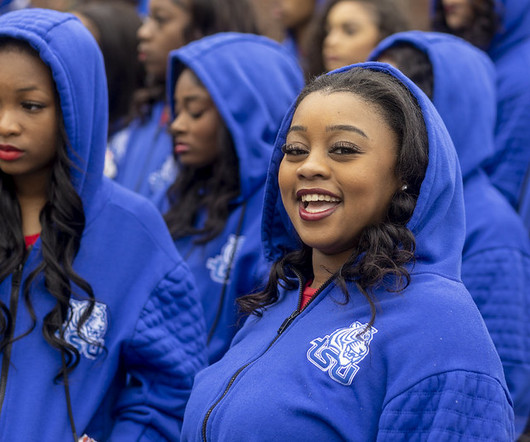
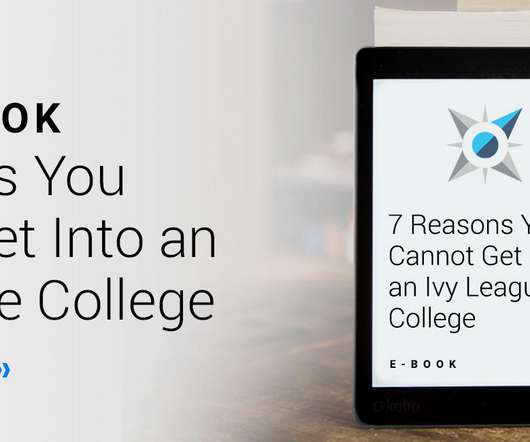
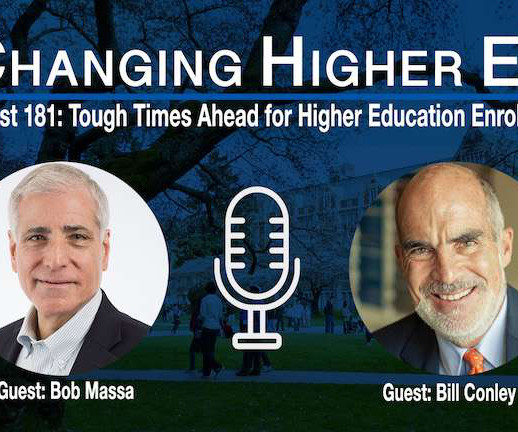


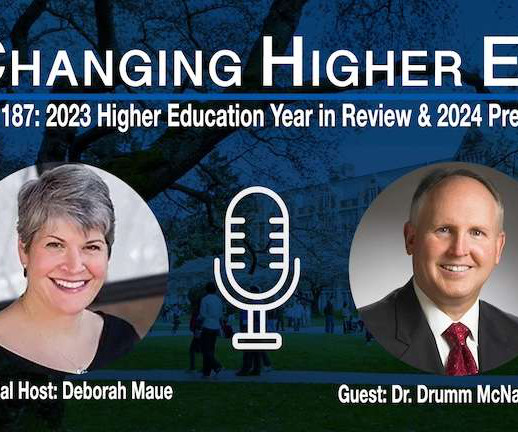






Let's personalize your content